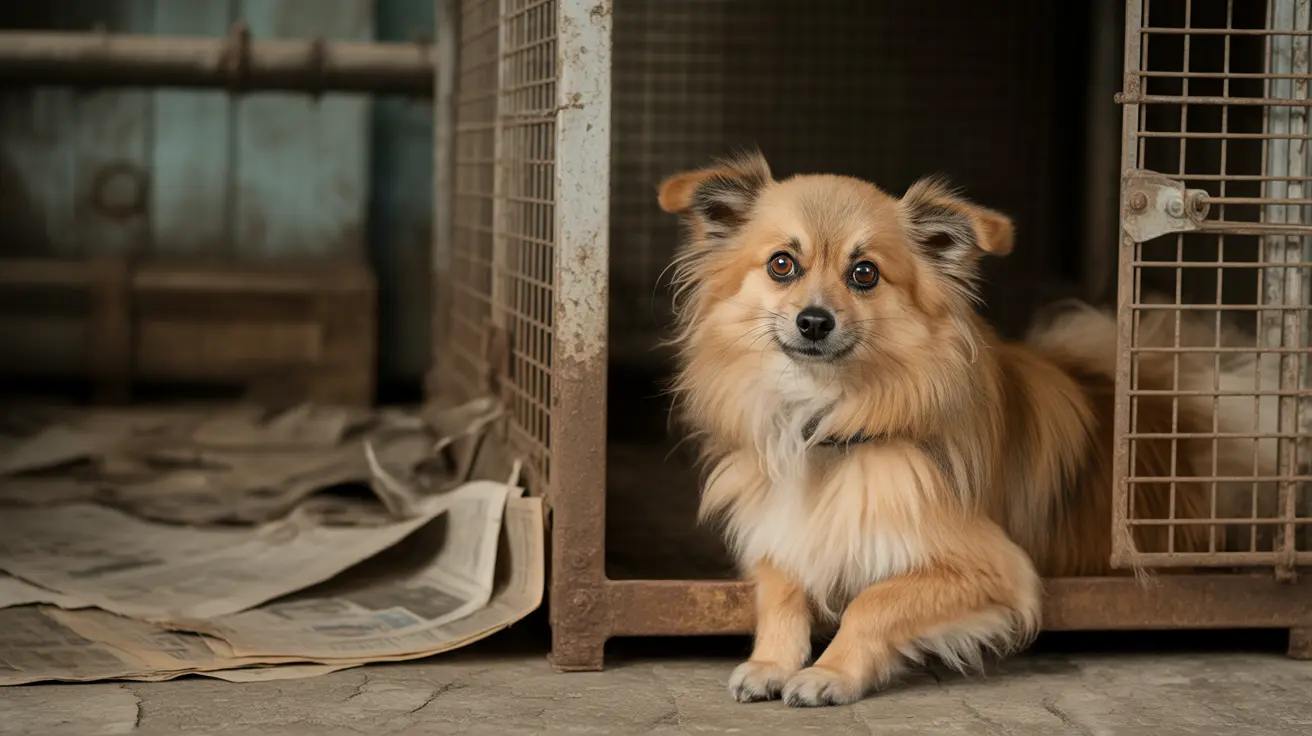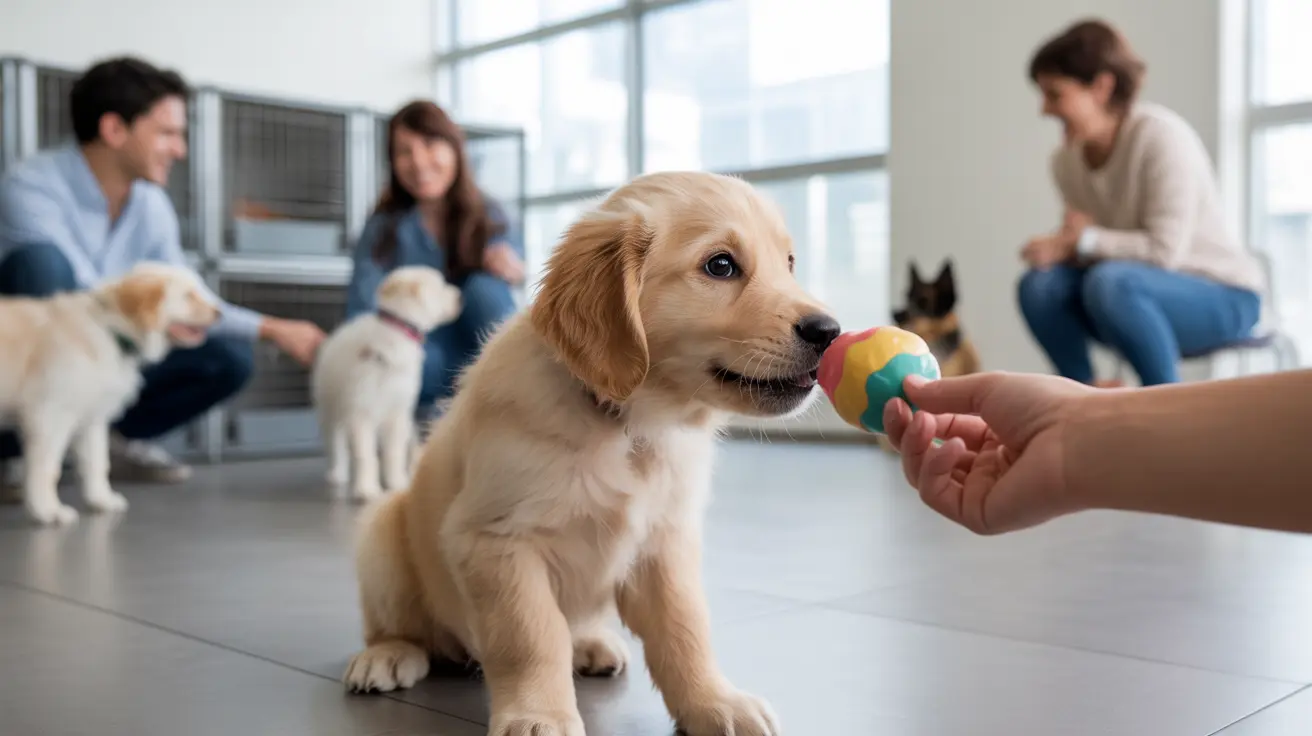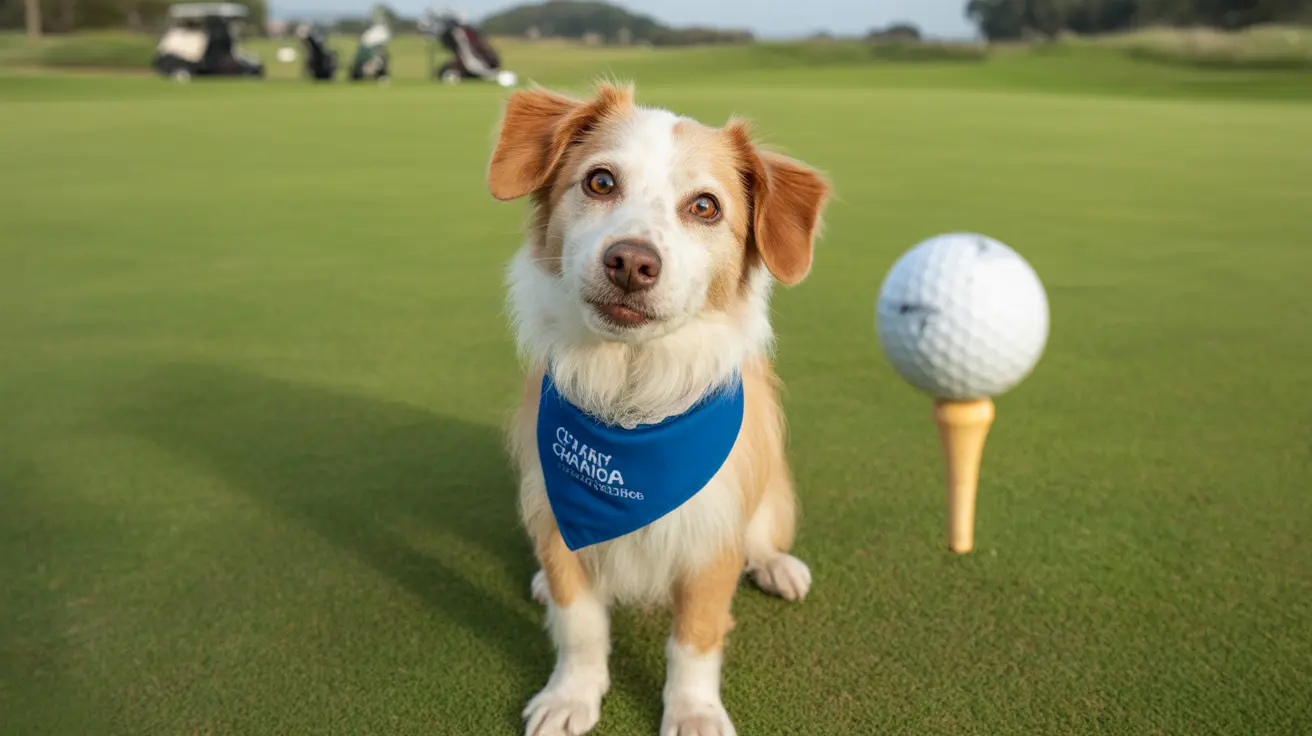The Most Common Drug Sniffing Dogs: A Comprehensive Guide
When it comes to detecting illegal substances, certain dog breeds are trained for their exceptional sense of smell and trainability. Drug sniffing dogs, or narcotics detection dogs, are an essential part of law enforcement and border security teams across the globe. But which dog is considered the most common drug sniffing dog? Let's explore the breeds, what makes them suitable, and why some are chosen more often than others.
Top Breeds Used for Drug Detection
- German Shepherd: Long regarded as one of the most versatile working dogs, German Shepherds are the most common breed used in narcotics detection. Known for their intelligence, loyalty, and obedience, they make excellent partners for law enforcement officers.
- Labrador Retriever: Labs are not just friendly family pets—they are also excellent detection dogs. With a powerful nose and a calm demeanor, Labradors are frequently used in airports and other busy settings where crowd interaction is common.
- Belgian Malinois: This breed is highly intelligent, agile, and energetic. A frequent choice for military and police operations, Malinois excel in high-intensity environments.
- Springer Spaniel: These smaller dogs are known for their agility and keen sense of smell. They are often used in more confined or detailed search areas, such as vehicles or luggage.
- Beagle: Used especially in customs and border control, Beagles are non-intimidating and excel in public environments like airports where a smaller, friendly-looking dog is advantageous.
Why the German Shepherd Is the Most Common
The German Shepherd stands out due to a combination of attributes that make it ideal for law enforcement work:
- Trainability: Their high intelligence makes German Shepherds easy to train for complex detection tasks.
- Work Ethic: This breed possesses a strong drive to work, making them enthusiastic and alert companions in the field.
- Physical Ability: German Shepherds are strong and swift, which is important for rapidly moving through various terrains and situations.
- Temperament: They’re loyal, easily bonded with handlers, and possess a balanced demeanor suitable for both urban and rural law enforcement work.
Training of Drug Detection Dogs
Training a drug detection dog is no simple task. It typically starts at a young age and involves several stages:
- Basic Obedience: Foundation training includes commands like sit, stay, and follow.
- Scent Introduction: Dogs are introduced to specific narcotics and taught to identify their smell.
- Search Techniques: Training includes learning how to search different environments such as buildings, cars, luggage, and open areas.
- Indication Training: Dogs are trained to alert their handler when they’ve detected narcotics—usually by sitting, pawing, or barking.
Where Drug Sniffing Dogs Operate
Drug detection dogs serve in many environments, using their specialized training wherever there is a need to deter or detect narcotics:
- Airports: Screening luggage and passengers
- Prisons: Preventing smuggling of drugs by visitors or inmates
- Border Crossings: Intercepting importation of illegal drugs
- Schools: Assisting with drug prevention and detection programs
- Law Enforcement Operations: Supporting arrests, raids, and vehicle searches
Legal and Ethical Considerations
Use of drug detection dogs is governed by legal frameworks in most countries. Dogs must be trained and certified, and their use must follow privacy laws and human rights considerations.
Additionally, the welfare of the dogs is crucial. Agencies are responsible for providing good working conditions, regular veterinary care, and retirement plans when a dog completes its service.
Conclusion
While several breeds play critical roles in narcotics detection, the German Shepherd remains the most commonly used drug sniffing dog, thanks to its intelligence, dependability, and physical aptitude. Whether in city streets, busy airports, or remote border points, these dedicated canines contribute meaningfully to public safety, making them some of the most valuable partners in law enforcement worldwide.





